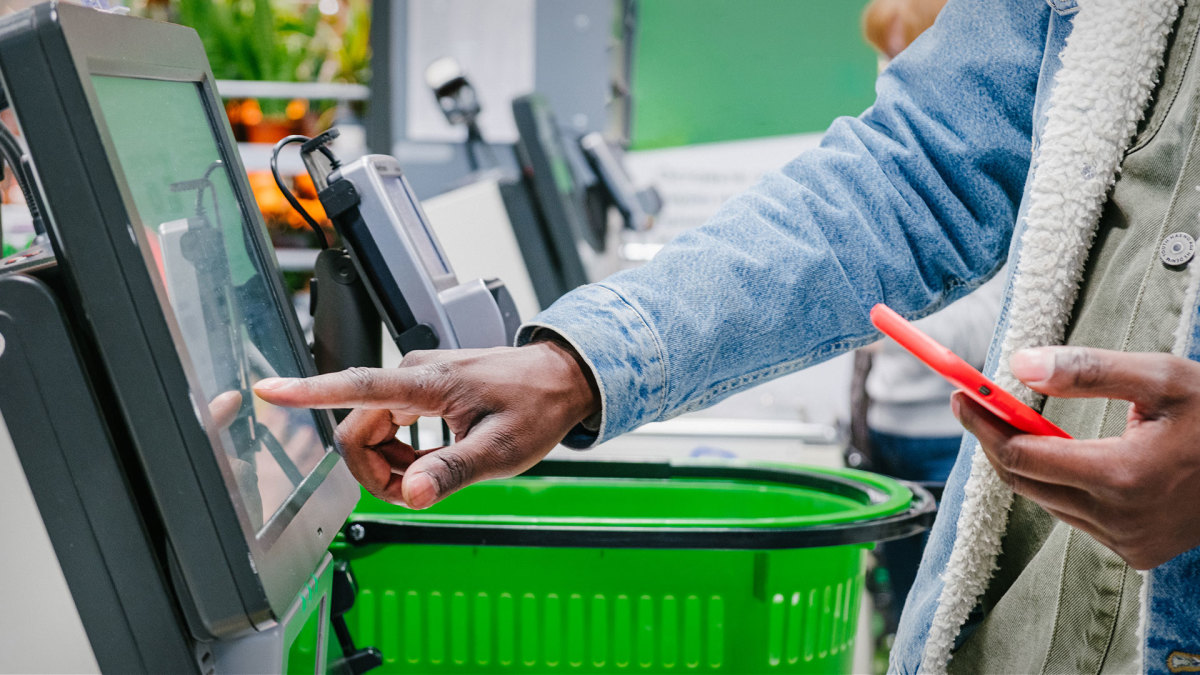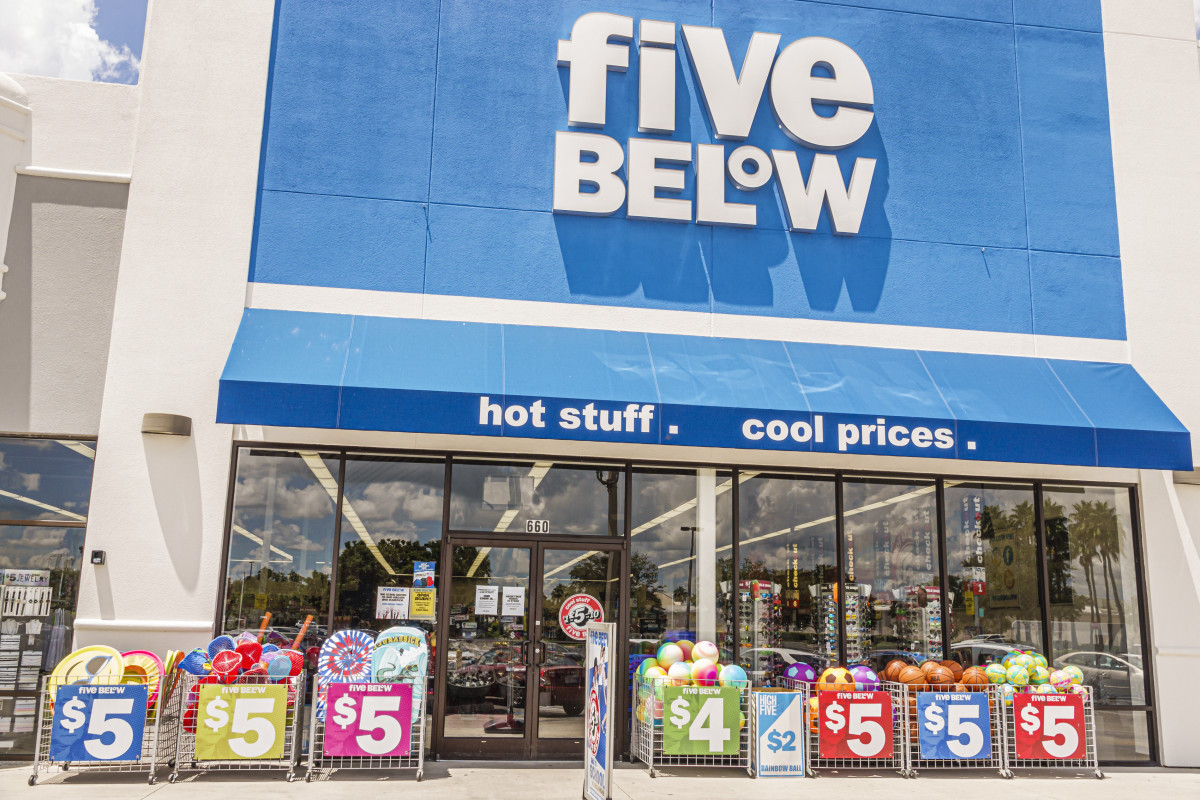
It's probably fair to say that consumers are getting savvier by the year.
A generalized shift in many of our shopping behaviors has been born out of necessity; many of the things we need and prize have gotten more expensive over the past several years.
Related: Huge transportation company files Chapter 11 bankruptcy
So consumers are well within their rights to hunt down the best deals.
The Consumer Price Index shows that prices in May increased 0.3% from April. The CPI ticked up 3.3% on a 12-month basis, about 0.1% less than expectations, indicating that inflation may soon be cooling.
Still, these numbers indicate that many of our goods and services are still pricier than they were last May.
Here's a look at how the price of several key goods and services changed from April to May:
- Food: steady
- Food at home: increase 0.1%
- Energy: decrease 2.0%
- New vehicles: decrease 0.5%
- Used vehicles: increase 0.6%
- Apparel: decrease 0.3%
- Medical care commodities: increase 1.3%
- Shelter: increase 0.4%
- Transportation services: decrease 0.5%
- Medical care services: increase 0.3%
We're finally starting to see the cost of some key items decrease on a monthly basis, but the Labor Department noted it's not enough to offset all price increases.
"More than offsetting a decline in gasoline, the index for shelter rose in May, up 0.4 percent for the fourth consecutive month. The index for food increased 0.1 percent in May. The food away from home index rose 0.4 percent over the month, while the food at home index was unchanged," the report reads.

Rising prices affect consumer behavior
No surprise, then, that consumers are seeking the best prices they can find for some of their most needed items.
Many Americans have opted to shop at discount retailers like Walmart (WMT) and Costco (COST) for groceries and essentials. Many of these larger corporations are able to offer name brand and generic goods at lower prices; some have even taken to reducing the cost of thousands of products to pre-inflationary levels in an attempt to lure more customers through their doors.
Related: Walmart’s newest brand is a big hit with wealthy shoppers
And the plan has been working. Walmart reported bumper earnings in May, attributing its success to its extensive rollback program.
Some retailers are getting good at adapting
It's not just incumbent upon retailers to delight their customers at the point of purchase. A lot of operational success depends on making customers feel like they can trust the shopping experience; which means offering them assistance when they need it and taking the necessary precautions to prevent any erosion of trust.
Unfortunately, many retailers have suffered from an uptick in retail theft and inventory shrink over the past couple of years, which certainly puts a damper on the shopping experience for honest customers.
Some retailers have resulted to locking up commonly shoplifted items, like toilet paper and razors at drug stores. Others have installed receipt scanners at self checkout kiosks. But these solutions come with mixed results and make for a clunky shopping experience.
More Retail:
- Ulta CEO sounds the alarm on a growing problem
- Lululemon releases a first-of-its-kind product
- Target store introduces a new 'over 18' policy
- Amazon launches genius new subscription product
So deep discount chain Five Below (FIVE) is taking more drastic and permanent measures, announcing an ambitious plan to do away with a majority of its self checkout kiosks and instead replace the checkout process with real, live employees.
The retailer, which has been battling high levels of inventory shrink for well over a year now, said in its most recent earnings call that it will have employees handle between 75%-100% of checkouts, depending on a store's level of shrink.
"One of the biggest changes we made to mitigate shrink was moving to associate-led checkouts and the customer feedback from the new process has been overwhelmingly positive," Five Below CEO Joel Anderson said on the Q1 call.
Related: TJ Maxx takes drastic action to stop retail theft
"Comps for converted stores in the Five Beyond format outperformed non-converted stores by mid-single digits in both sales and transactions with stronger transactions still the primary driver of the outperformance," he added.
Management said the changes began last year, and now most stores have at least 75% of their transactions managed by employees. Stores with higher theft levels see nearly every transaction managed by an employee.
Other, more subtle precautions have been taken to mitigate the issue, including "changes like receipt checking at the door, adding guards, and incremental upfront labor," CFO Kristy Chipman added.
And these measures, paired with associate-led checkouts seem to be the clear best defense against shrink.
"The subset of the stores that had an associate-led checkout, along with another mitigation measure, experienced greater improvement in the rate of shrink. We're happy to see our efforts working," Chipman said.
Related: Veteran fund manager picks favorite stocks for 2024







